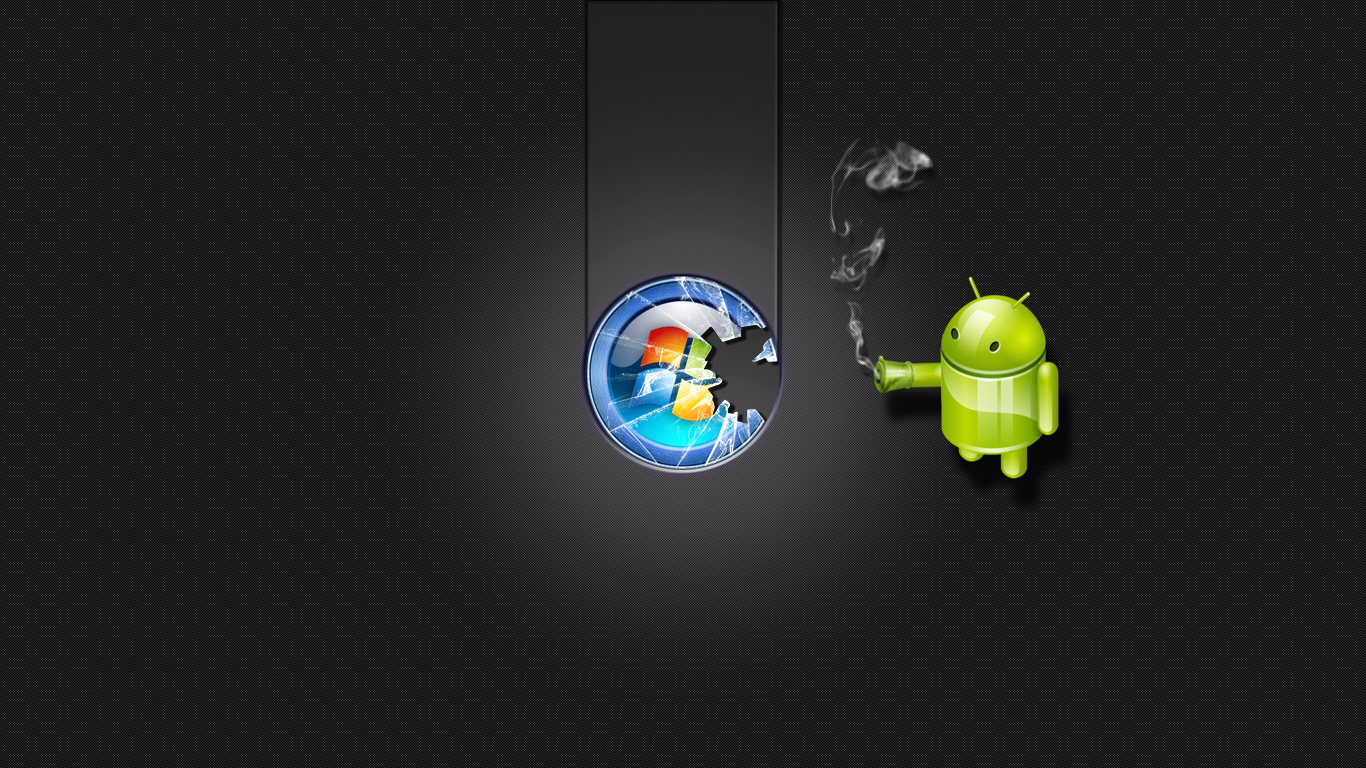Microsoft is closing in on its publicly stated target of the end of August for releasing to manufacturing Windows 8.1.

But many of those waiting for the new release are less interested in the RTM date than the date when they'll be able to grab the final bits. And Microsoft officials still have said nothing about when that will be.
Just this past weekend, a fairly recent build (9471) of the OS leaked to the Web. This is a pre-escrow build (as far as I know), but includes the new tutorial and navigation aids, which Microsoft officials said back in June would be coming to Windows 8.1 by RTM.
(Escrow builds are typically builds that are near-final milestone builds on which development stops while final testing is done. One of my sources said August 5 is when Windows 8.1 actually entered escrow.)
Microsoft execs said last month that the company would deliver Windows 8.1 RTM code to its OEMs by the end of August. I'm still hearing that Microsoft is on track to finalize Windows 8.1 the last week of August.
Unlike the case with Windows 8, however, I'm hearing scuttlebutt that Microsoft is not planning to make available the final Windows 8.1 bits to its MSDN or TechNet subscribers shortly after the release RTMs. In the case of Windows 8, Microsoft RTM'd on August 1 and made the RTM bits available to MSDN and TechNet subscribers in mid-August, even though consumers couldn't get the final version until late October 2012.
The new word, one of my best tipsters tells me, Microsoft is going to hold off on making available the final Windows 8.1 bits until mid-October 2013 or so. That will be both the general availability date, as well as the "launch" date when new hardware running those bits will be available.
I've asked Microsoft if this is the case. I am still waiting to hear back.
I had heard months ago from my sources that Microsoft's plan with Windows 8.1 was to shorten the usual gap between RTM and general availability. The thinking, suposedly, was to provide existing Windows 8.1 users with the final bits very shortly after they RTM'd -- all part of Microsoft's more rapid delivery cadence goal.
Even if Microsoft waits until mid-October to release the Windows 8.1 RTM bits, the company still will have managed to deliver to customers a new release of Windows within almost exactly a year -- instead of three years after the previous release, as was the length of time between the release of Windows 7 and Windows 8.
Holding back the RTM bits immediately could give Microsoft other benefits. It could give the company more time to stamp out bugs remaining at RTM and deliver fixes for them to those with the preview build via regular patches and updates. It also could provide the company with more of a bigger bang launch event. The Windows 8 launch felt to many as though it was anti-climactic, as they had the final bits in hand for a month-plus before it happened.
If Microsoft does end up holding the Windows 8.1 bits close, many of those running the preview build won't be too happy. It's pretty buggy, but Microsoft is expected to do a fairly large update to the post-RTM bits shortly before it is generally available. In the meantime, as long as the company continues to patch and fix the preview on a regular basis, as it has been doing since June, maybe the sting won't be quite so bad....
I'd think Microsoft also will hold to a similar RTM-bit delivery schedule with Windows Server 2012 R2, the "Blue" server complement to Windows 8.1, which is being developed in lockstep with Windows 8.1. If that happens, no customers (not even volume licensees) would get the final bits until mid-October 2013.











